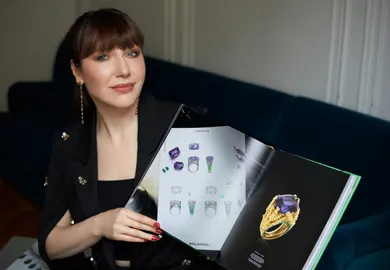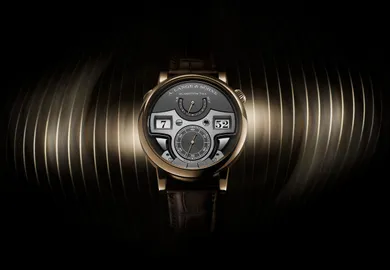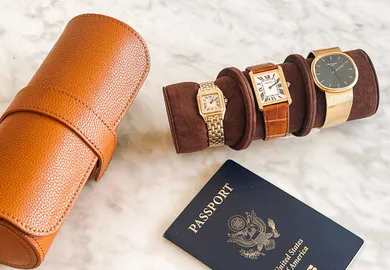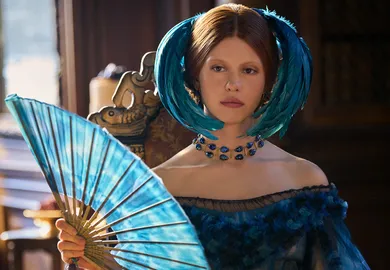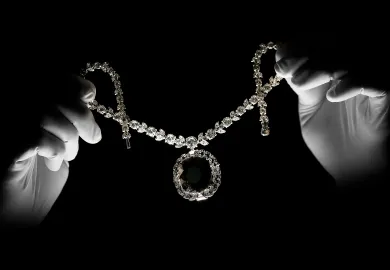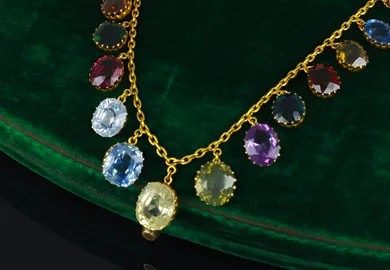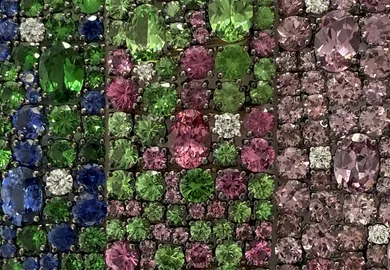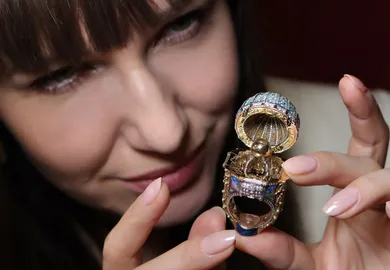
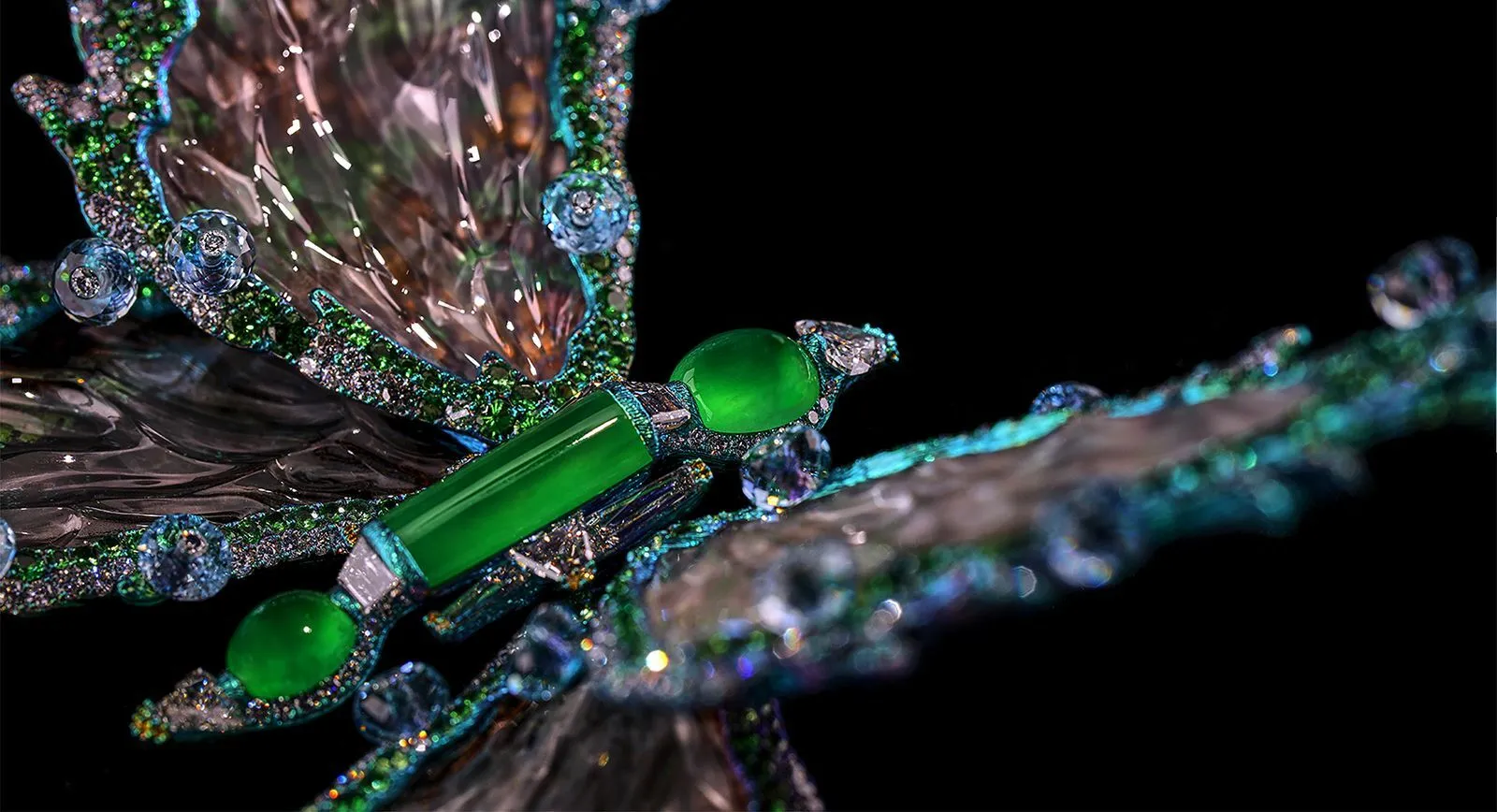
The Price of Jewellery Explained: Part Two. Artistry and Innovation
Continuing our series on the nuances of jewellery pricing and value, let’s turn to artistry, innovation and the respected reputations of artist jewellers across the world. Is it possible to put a price on lifelong dedication to craftsmanship? Here, I speak to jewellers whose creativity is very often pushed to the limits, with dazzling results for their clients.
As you no doubt discovered in Part One of this series on KaterinaPerez.com, prescribing value to a piece of jewellery is not merely the sum of its parts, but a complex equation that must encompass raw materials, design, innovation, talent, sales, marketing, desirability, brand awareness… I could go on. In this second part of a three-part series, I am going to consider artistry and innovation and how these more ethereal factors play a role in value. The next time you shop for a jewelled creation, I invite you to consider these insights and decide for yourself whether a jewel you love is ‘worth the money’.
This story is available to Katerina Perez Club members.
Monthly access
Unlock Club features
£15/month
Billed monthly. Cancel anytime*
Annual access
Unlock Club Features
and save 13% on membership
£13/month
Billed annualy. Cancel any time*
All Membership Features
- Access to exclusive articles
- Daily bite-size news in Jewellery Chronicles
- Jewellery Calendar of events across the globe
- Curated list of articles from 50 other platforms
- Invites to online and offline KP Club events
- Receive Monthly Newsletter
- Save articles and Images into favourites
Already have an Account?
